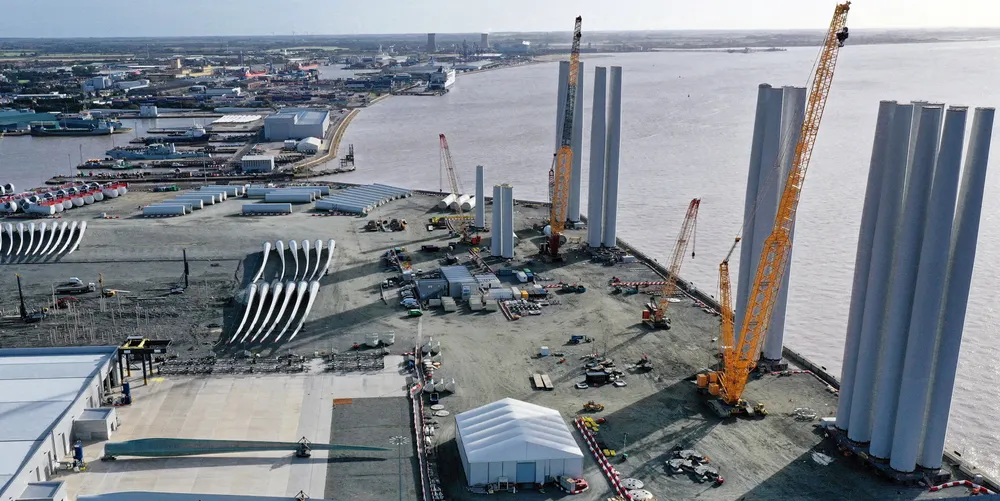'Made in Britain' energy strategy boosts offshore wind target to 50GW by end of decade
Nuclear, hydrogen and solar also slated for steep growth but onshore wind gets low-key billing in strategy released after weeks of government in-fighting

Nuclear, hydrogen and solar also slated for steep growth but onshore wind gets low-key billing in strategy released after weeks of government in-fighting
